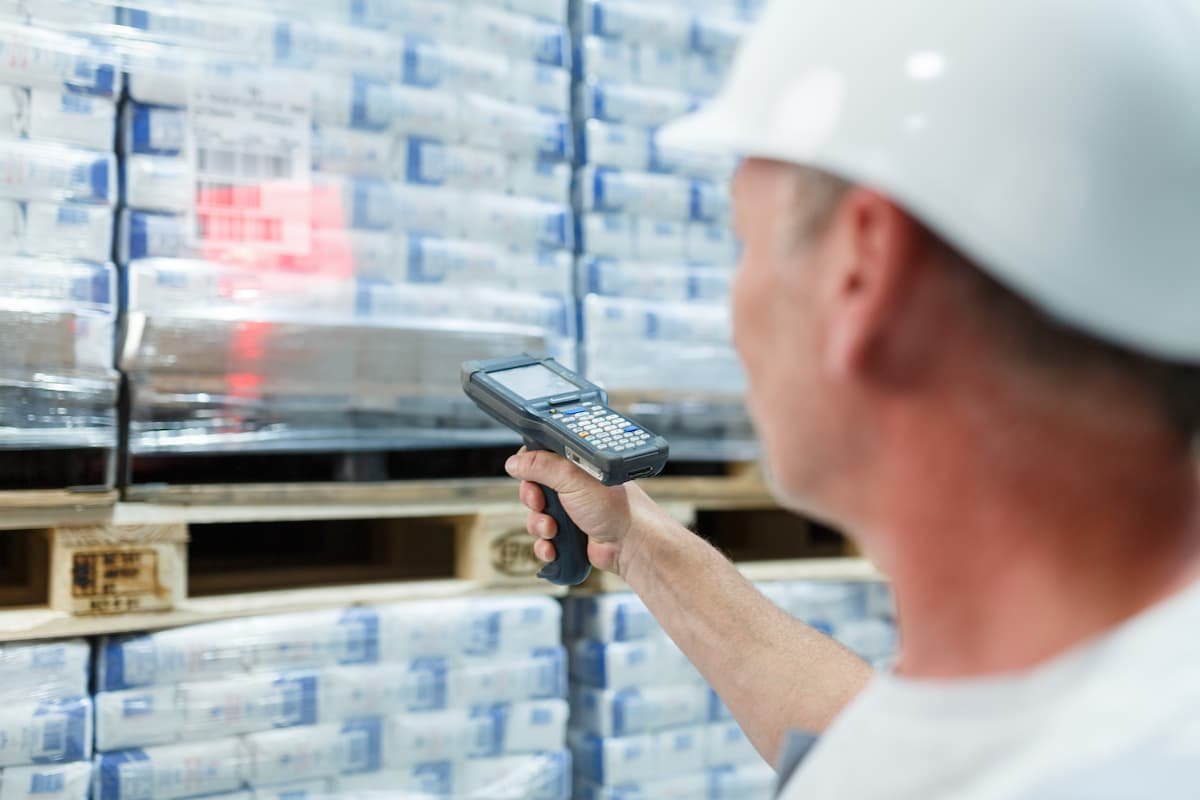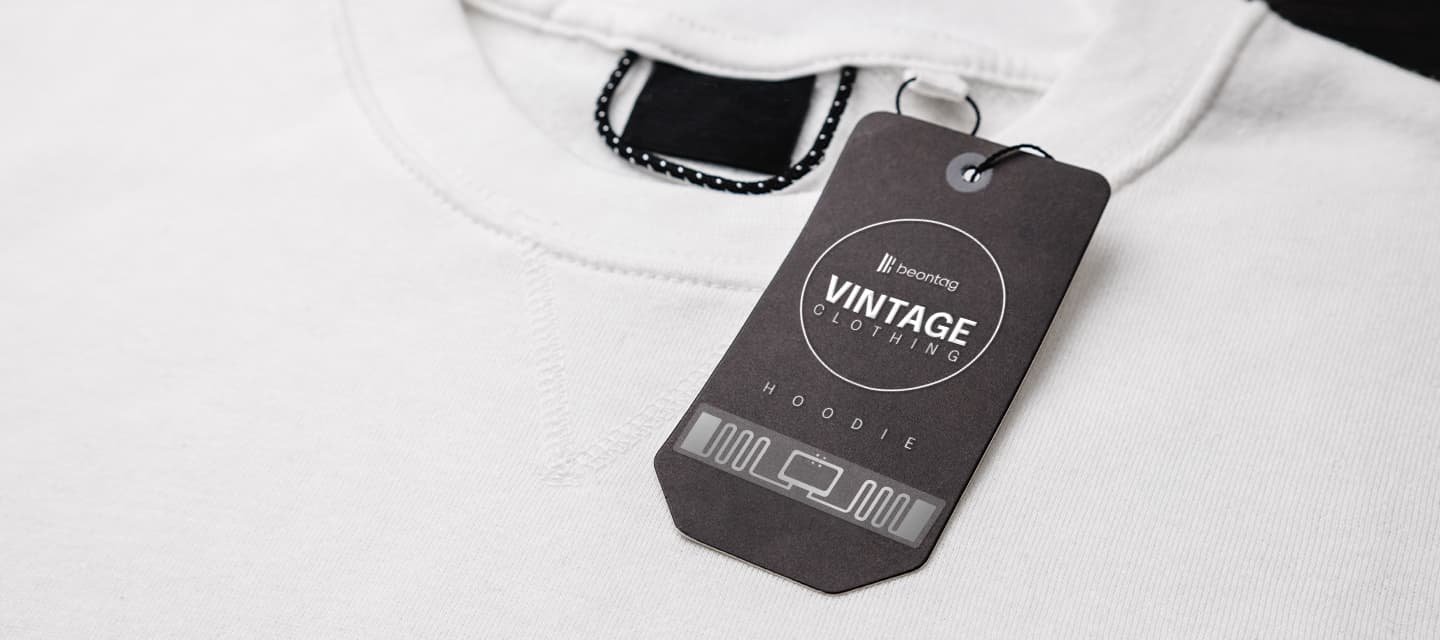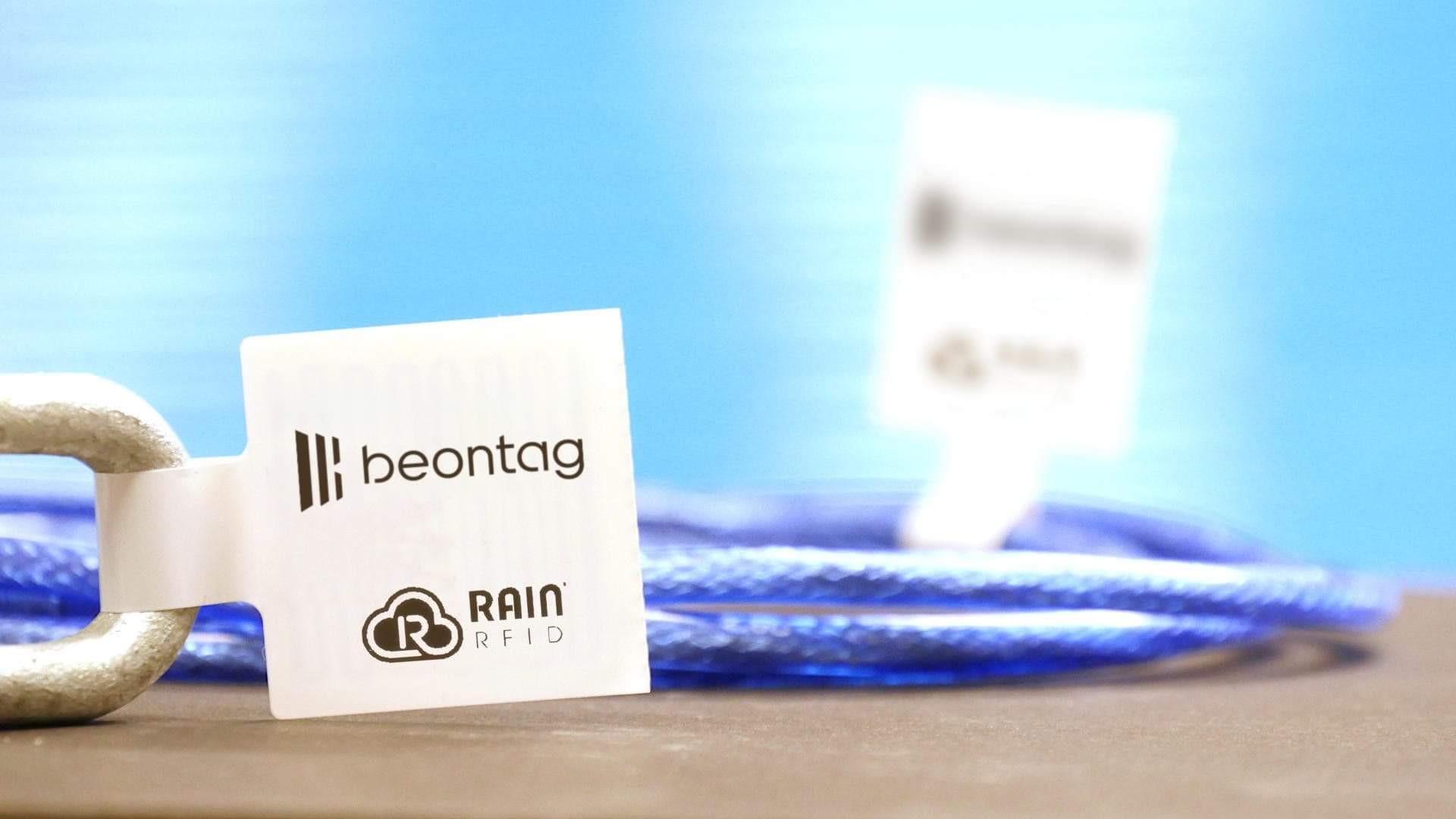How RFID Asset Tracking Works – and the Benefits You Should Know
RFID in the Cold Chain: How It Works and Why This Technology Is a Game Changer
RFID for Cold Chain enables real-time temperature tracking, automates compliance, and improves supply chain visibility transforming how sensitive goods are stored and transported. Learn how this technology is revolutionizing cold chain logistics.
Modern supply chains have grown increasingly complex, especially for industries reliant on temperature-sensitive products. Food producers, pharmaceutical companies, and logistics operators face the ongoing challenge of maintaining strict temperature ranges during storage and transportation to ensure product safety and compliance. Traditional monitoring methods often fall short, leading to quality degradation, waste, or regulatory issues.
These challenges are amplified by fragmented logistics networks, inconsistent monitoring tools, and limited real-time visibility. Manual processes, paper logs, and delayed reporting make it difficult to detect temperature fluctuations before they cause irreversible damage. As a result, companies face financial losses, reputational risks, and potential health hazards for consumers.
RFID for Cold Chain emerges as a comprehensive solution, offering automated, accurate, and continuous monitoring throughout the supply chain. Keep reading to explore how this technology works, practical applications across sectors, and future trends shaping cold chain logistics.

Understanding Cold Chain Logistics
Cold chain logistics involves the transportation and storage of products within defined low-temperature ranges to preserve quality, safety, and efficacy. It is crucial for perishable goods such as fresh produce, dairy, meat, vaccines, and biologics. Each step requires temperature integrity and traceability to avoid costly disruptions and regulatory breaches.
Traditionally, cold chain monitoring relies on manual temperature checks, data loggers, or simple barcode tracking. While these methods offer some control, they lack real-time visibility. Companies often only discover temperature excursions after goods arrive at their destination, by which time damage has already occurred. This reactive approach is inadequate for modern supply chain demands.
By integrating RFID for Cold Chain, companies gain continuous and automated monitoring capabilities. RFID tags equipped with temperature sensors can be attached to pallets, containers, or individual products. Readers placed at critical checkpoints capture and transmit data in real time, allowing immediate action when temperature thresholds are exceeded. This approach strengthens accountability and ensures regulatory compliance.
Additionally, RFID enables seamless data integration across systems, providing stakeholders with a single, transparent view of product conditions throughout the journey. Whether goods are in warehouses, trucks, or last-mile delivery vehicles, RFID technology ensures that temperature integrity is maintained at every stage. This transparency fosters trust and operational efficiency across the entire supply chain.
Examples of RFID Applications in Cold Chain Logistics
The application of RFID technology in cold chain logistics spans multiple industries, each benefiting from enhanced visibility, compliance, and efficiency. From food production to pharmaceuticals, RFID provides accurate data collection and actionable insights, minimizing losses and ensuring product integrity.
Beontag offers advanced RFID solutions that are designed to perform in challenging temperature environments, enabling businesses to maintain strict control over their logistics operations. Below are practical examples illustrating the impact of RFID for Cold Chain in different sectors.
Food Industry Examples
The food industry depends on precise temperature control to ensure freshness and safety. RFID tags embedded with temperature sensors can be applied to pallets or crates containing perishable items such as meat, dairy, seafood, and fresh produce. As goods move through distribution centers and trucks, RFID readers capture environmental data continuously.
For example, a logistics provider transporting fresh seafood from coastal processing plants to inland retailers can use RFID systems to track temperature fluctuations during transit. If a refrigerated truck’s temperature rises above the acceptable threshold, the system sends real-time alerts, allowing operators to intervene before spoilage occurs. This proactive approach reduces waste and ensures food safety.
Check out some case studies using RFID in Food Industries:
Inspiring Leap into the Grocery Business with RFID Technology
RFID Powers Fully Automated Grocery Store with No Onsite Staff
Pharmaceutical Sector Examples
The pharmaceutical industry faces even stricter cold chain requirements due to the temperature sensitivity of vaccines, biologics, and specialty medicines. Maintaining a stable cold chain is crucial for preserving drug efficacy and complying with stringent regulations from agencies such as the FDA.
RFID-enabled monitoring allows pharmaceutical companies to track shipments at every stage, from manufacturing facilities to distribution hubs and healthcare providers. Unlike traditional data loggers, RFID for Cold Chain provides real-time temperature updates and immediate alerts when conditions deviate, enabling corrective action before product integrity is compromised.
For instance, during vaccine distribution, RFID tags can monitor individual packages or containers in refrigerated trucks. If the temperature rises beyond the acceptable range, the system immediately notifies logistics personnel, allowing them to adjust refrigeration systems or reroute shipments. This ensures vaccines arrive potent and safe for administration.
The Importance of RFID in Cold Chain Management
The role of RFID technology in cold chain management extends beyond simple temperature logging. It creates a connected ecosystem where temperature, location, and movement data are captured seamlessly. This level of visibility is essential for industries managing perishable goods under tight regulatory and quality constraints.
Real-Time Temperature Monitoring
One of the most significant benefits of RFID is its ability to provide real-time temperature monitoring. RFID tags can be equipped with temperature sensors that can monitor environmental conditions throughout the logistics process. The data is transmitted continuously, enabling operators to act immediately if deviations occur.
Real-time monitoring is particularly valuable for high-value or sensitive products that require precise temperature control. Whether in storage facilities or during long-haul transportation, RFID ensures that temperature thresholds are consistently maintained. This minimizes the risk of product degradation, ensuring that goods arrive at their destination in optimal condition.
Enhancing Traceability and Compliance
Regulatory bodies require detailed temperature records and traceability for temperature-sensitive products. RFID simplifies this process by automatically capturing and storing data across the entire supply chain. With RFID for Cold Chain, companies can demonstrate compliance effortlessly by retrieving accurate, time-stamped temperature histories for each product.
This digital traceability eliminates manual paperwork and reduces human error. It also enhances consumer confidence, as businesses can guarantee that their products have been maintained within appropriate temperature ranges at all times. For pharmaceutical and food sectors, this is a critical factor in meeting global regulatory standards.
Reducing Waste and Enhancing Sustainability
Temperature excursions often result in product waste, which carries both financial and environmental consequences. By providing continuous monitoring and timely alerts, RFID reduces the likelihood of spoilage. This leads to lower disposal rates and improves operational efficiency, directly supporting sustainability goals.
Companies that adopt RFID technology for cold chain logistics can better manage their inventory, minimize unnecessary waste, and reduce their carbon footprint.
Beontag’s RFID tags, designed for durability and accuracy, help businesses align operational performance with sustainability objectives.
See our full portfolio of RFID Sustainable products.
Implementation of RFID in Cold Chain Logistics
While the benefits of RFID are clear, successful implementation requires careful planning and the right technology. From selecting suitable tags to integrating systems with existing logistics infrastructure, businesses must approach deployment strategically to maximize value.
Choosing the Right RFID System
Selecting the appropriate RFID system involves evaluating operational needs, regulatory requirements, and environmental conditions. Companies should consider factors such as read range, temperature sensor accuracy, data transmission capabilities, and integration with existing software platforms.
Tags RFID for Cold Chain
Not all RFID tags perform equally in cold environments. Tags used in cold chain applications must withstand freezing temperatures, humidity, and sometimes condensation without losing readability or accuracy. Beontag offers specialized RFID tags engineered for performance in demanding conditions, ensuring reliable data capture throughout storage and transit.
These tags can be applied to various surfaces, from cardboard boxes to plastic crates and metal containers, adapting to diverse logistics scenarios. By choosing the right tag type, companies ensure continuous visibility and avoid costly data gaps.
Do you want to know more about RFID tags? Check our blog!
What are RFID Tags? Understanding Their Function and Uses
RFID Tag Types (UHF, HF, LF): Which One to Choose for Your Application
Future Trends in RFID and Cold Chain Management
The future of cold chain logistics is being shaped by rapid technological advancements. RFID is increasingly integrated with IoT platforms, cloud computing, and AI-driven analytics to provide even greater visibility and automation. These trends will redefine how companies monitor, control, and optimize their temperature-sensitive supply chains.
One key trend is the convergence of RFID and IoT devices for continuous, end-to-end visibility. Data collected from RFID tags is processed in real time through cloud platforms, enabling predictive analytics. This allows businesses to identify potential temperature risks before they occur, optimizing routes, storage, and handling procedures proactively.
Another emerging development is the integration of blockchain technology for immutable data storage. By recording RFID data on blockchain ledgers, companies can create tamper-proof temperature and location records, enhancing trust among stakeholders and regulators.
Finally, sustainability considerations will drive innovation in RFID design. Tags with lower environmental impact, recyclable components, and extended battery life for active tags will support companies’ green logistics strategies. Beontag continues to invest in research and development to deliver RFID solutions that align with these evolving trends.
Ready to Transform Your Cold Chain with RFID?
Implementing RFID for Cold Chain is no longer optional, it’s a competitive necessity. Real-time temperature monitoring, automated traceability, and enhanced sustainability are just some of the benefits businesses can unlock.
Whether you operate in food, pharmaceuticals, or logistics, RFID technology provides the control and visibility needed to safeguard product integrity and build consumer trust.
Beontag offers a comprehensive range of RFID solutions designed specifically for cold chain environments. Backed by innovation, quality, and global expertise, Beontag enables companies to optimize their operations and meet the highest regulatory standards. Visit our catalog and contact us now for personalized solutions.























